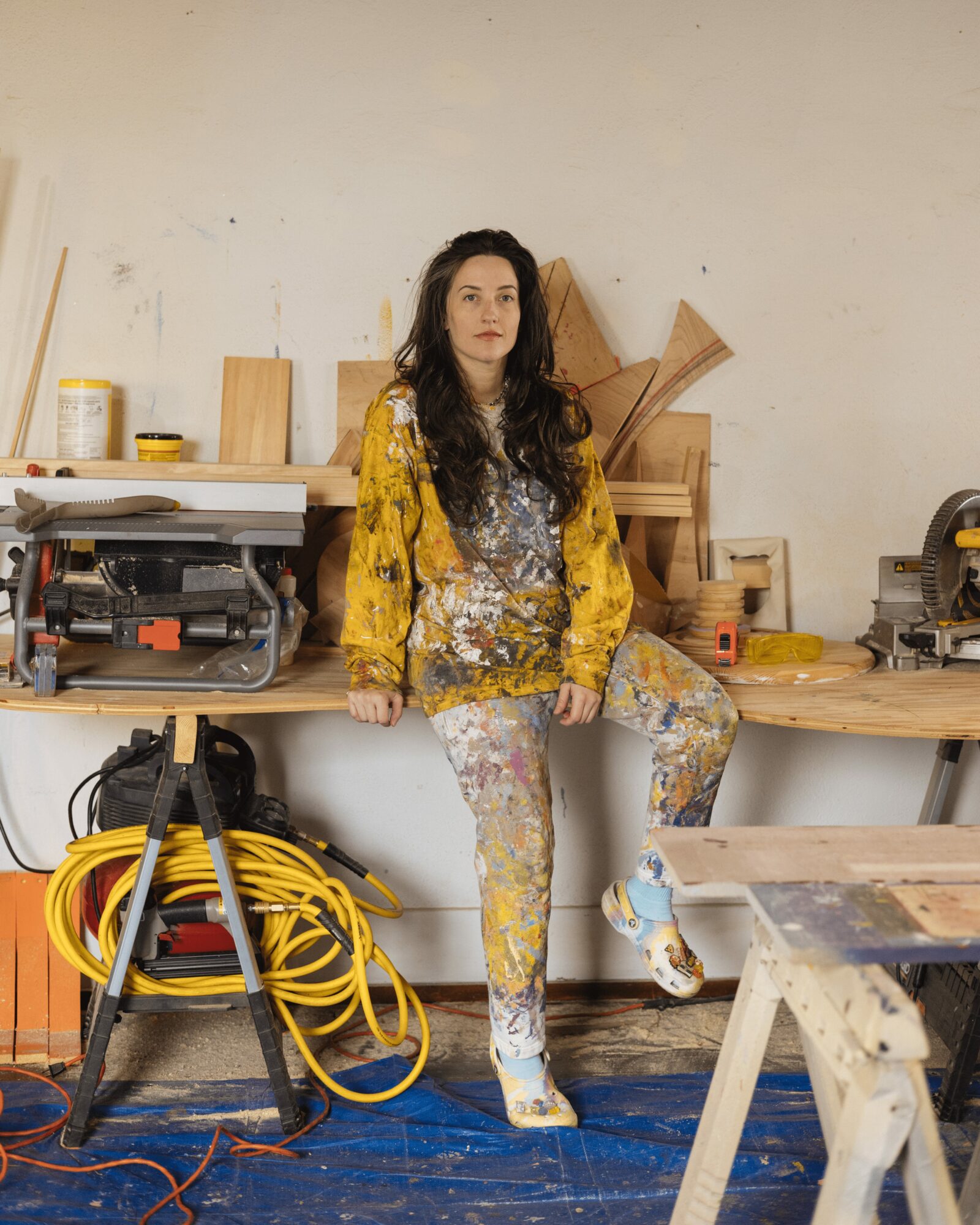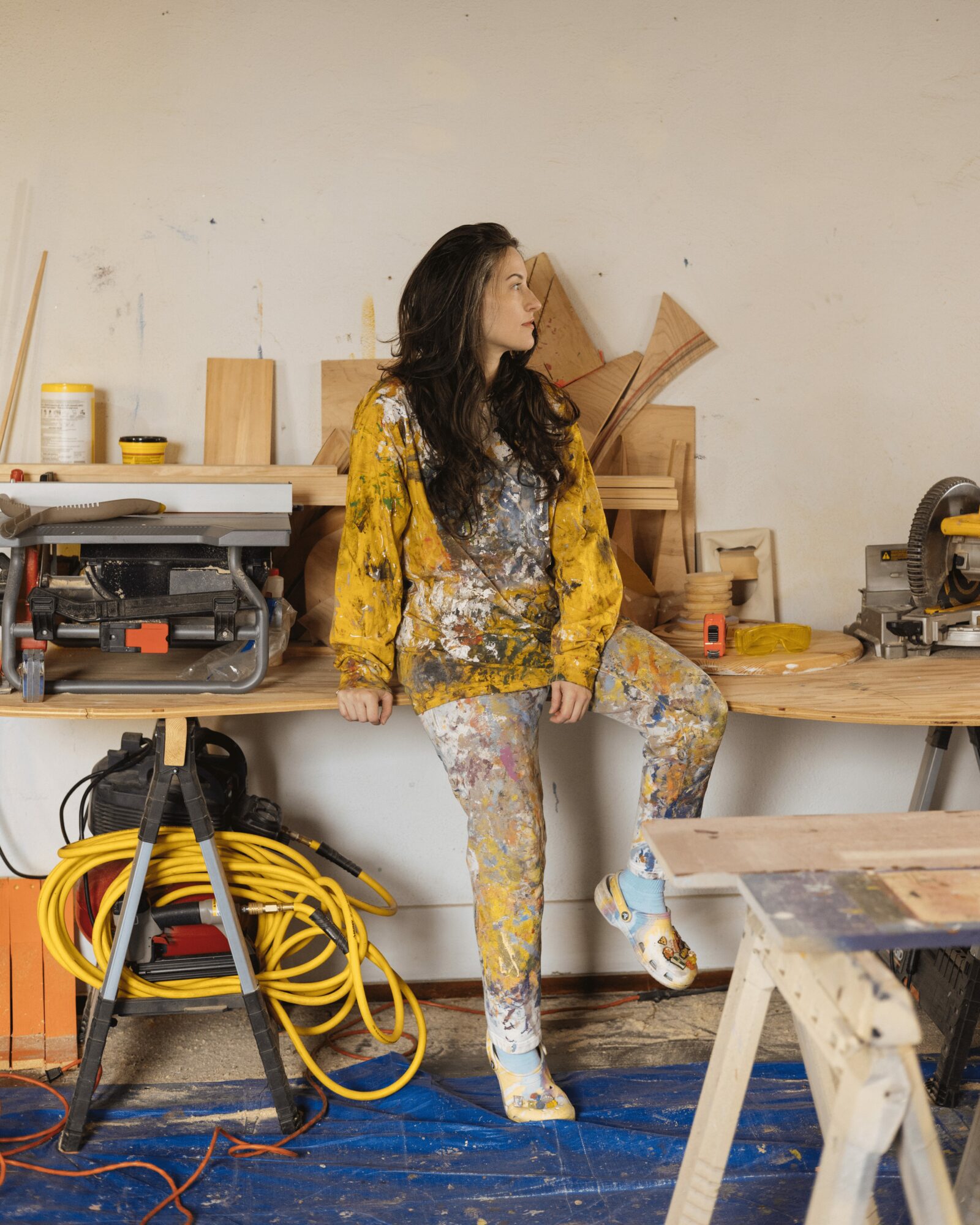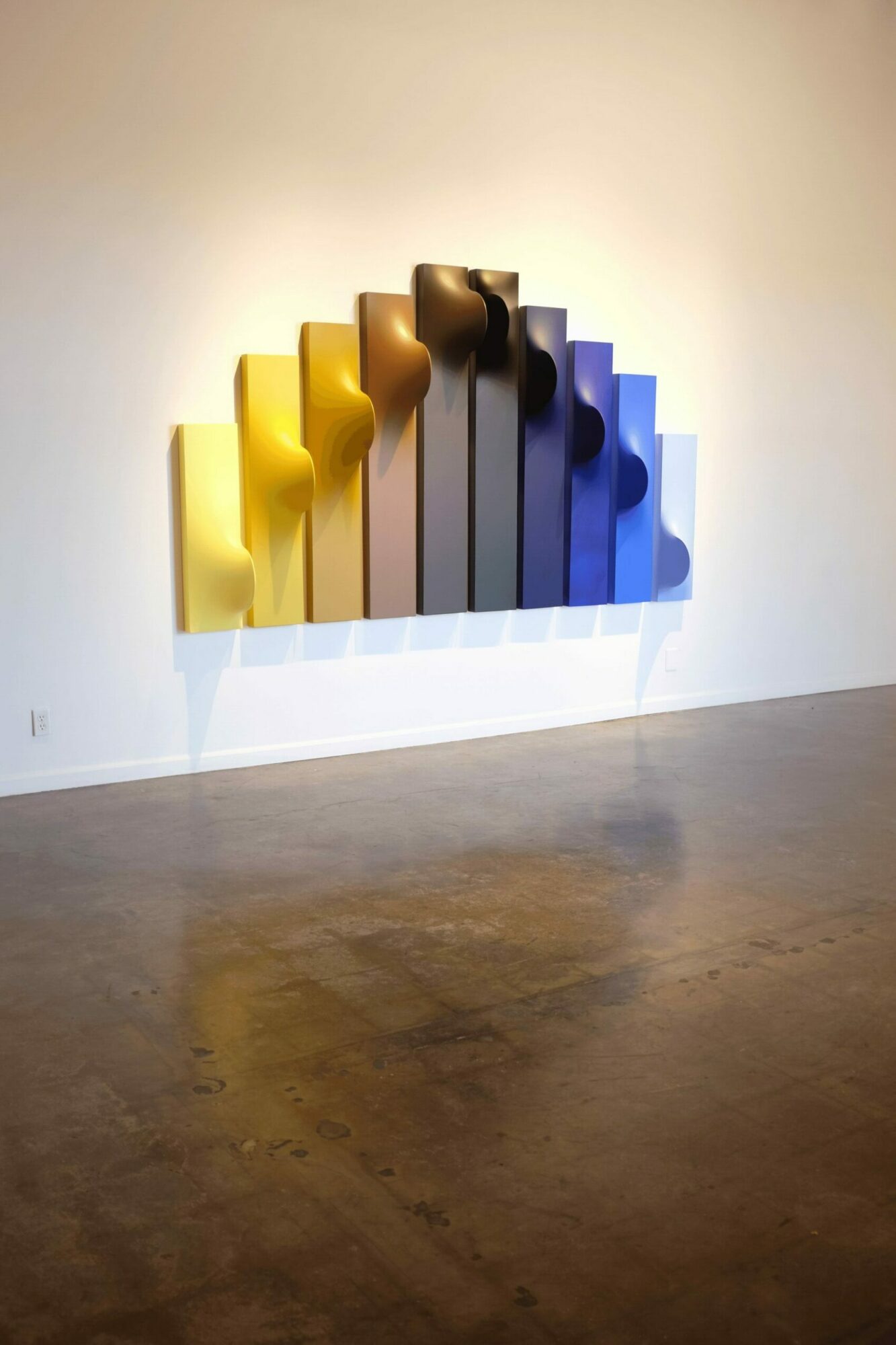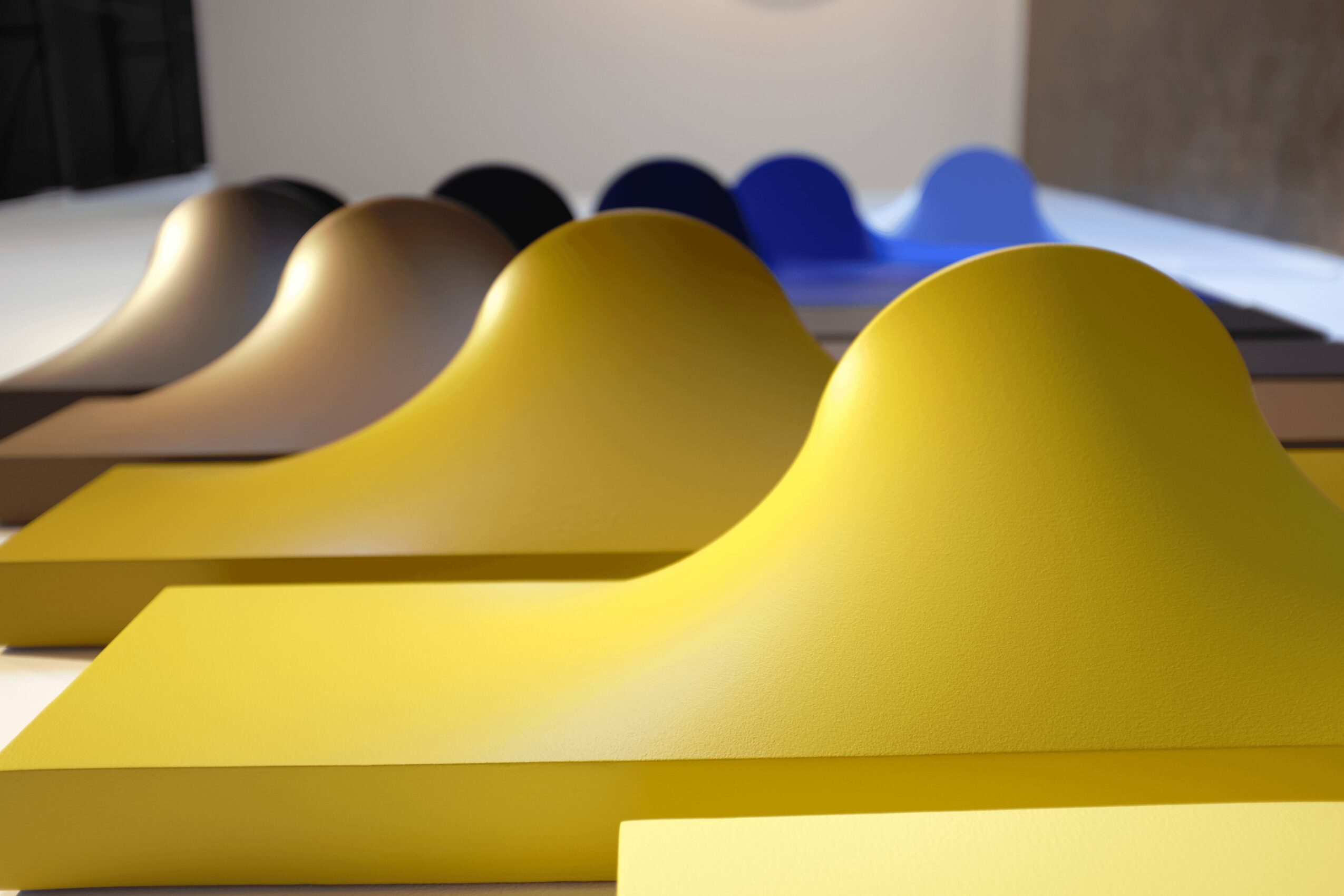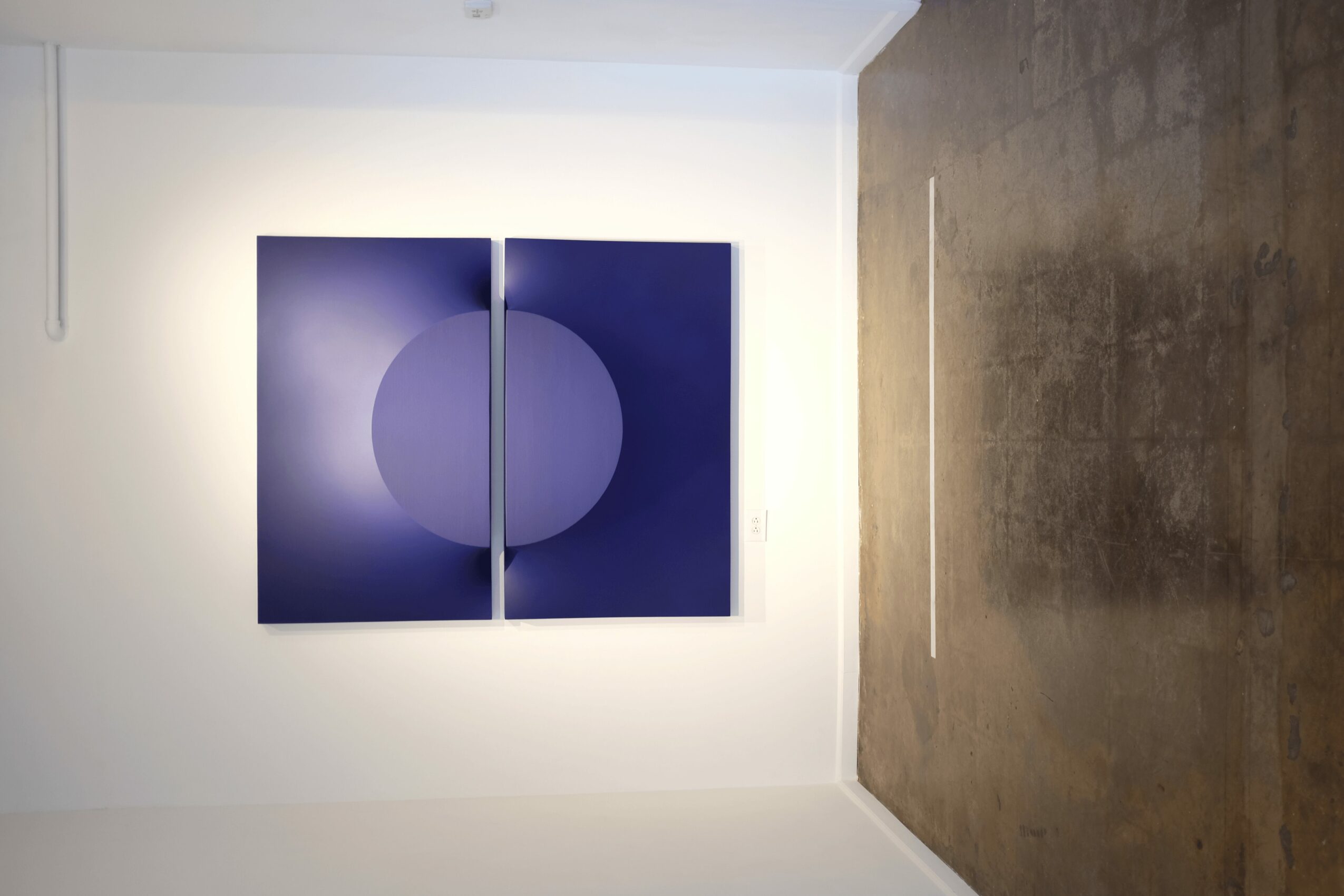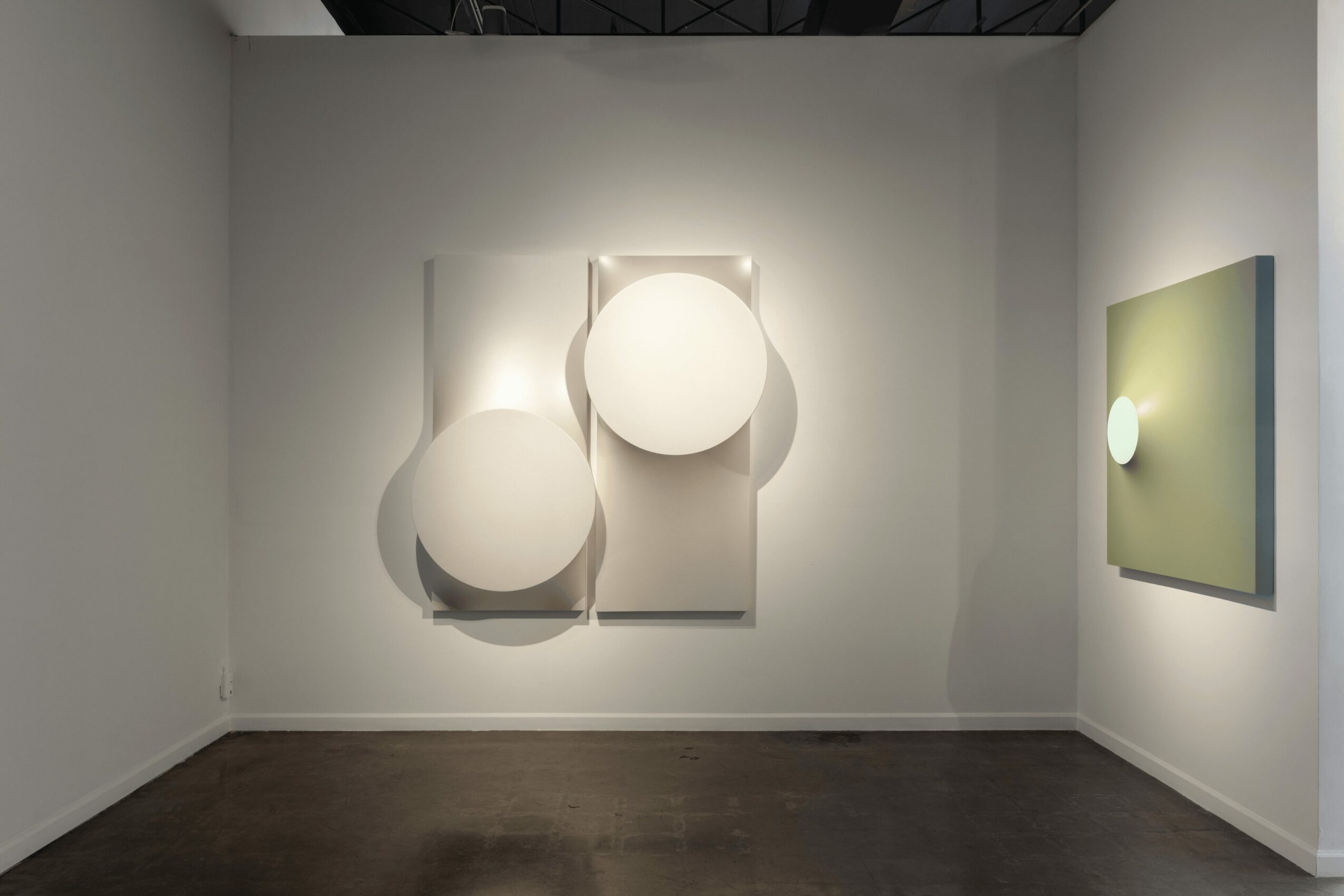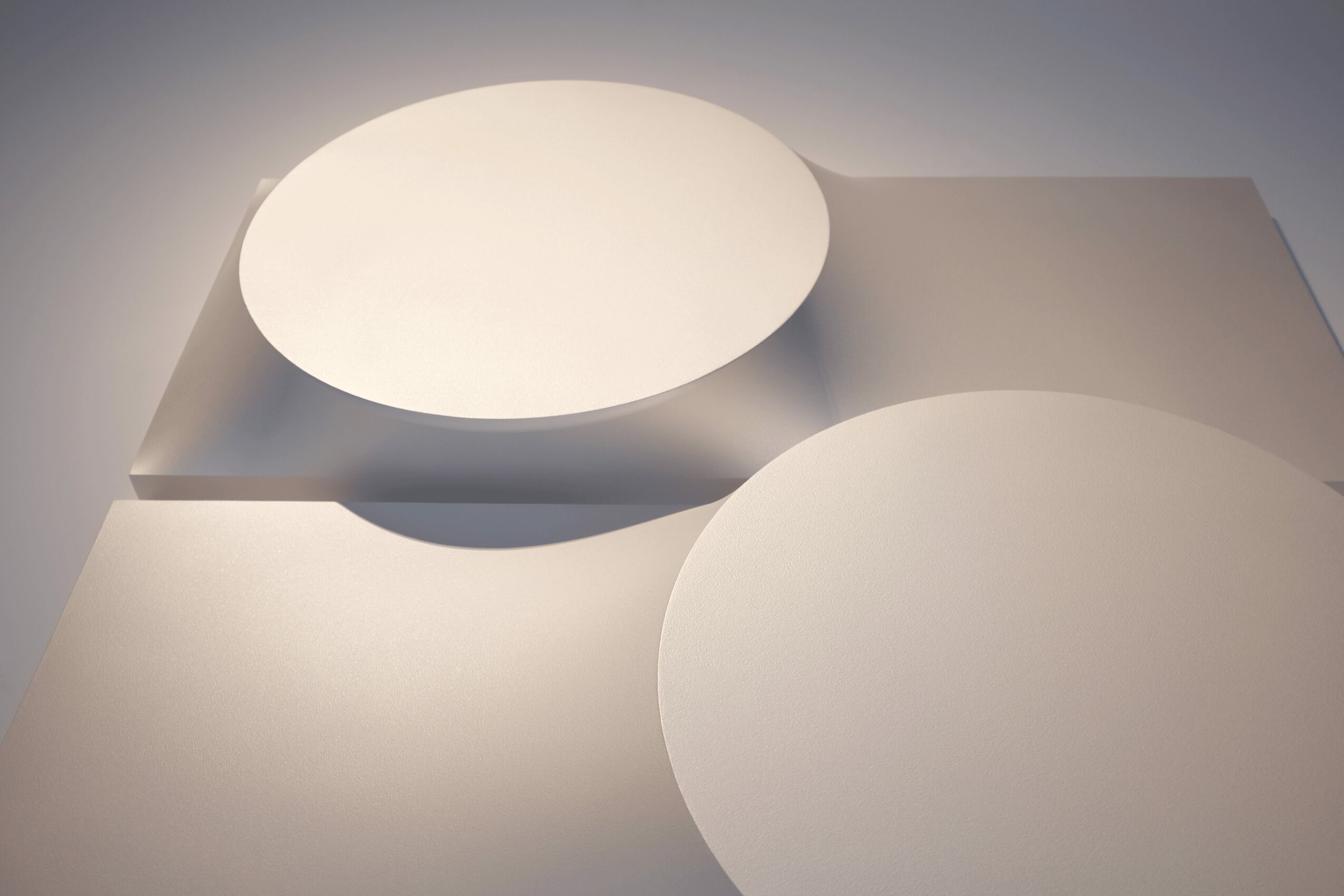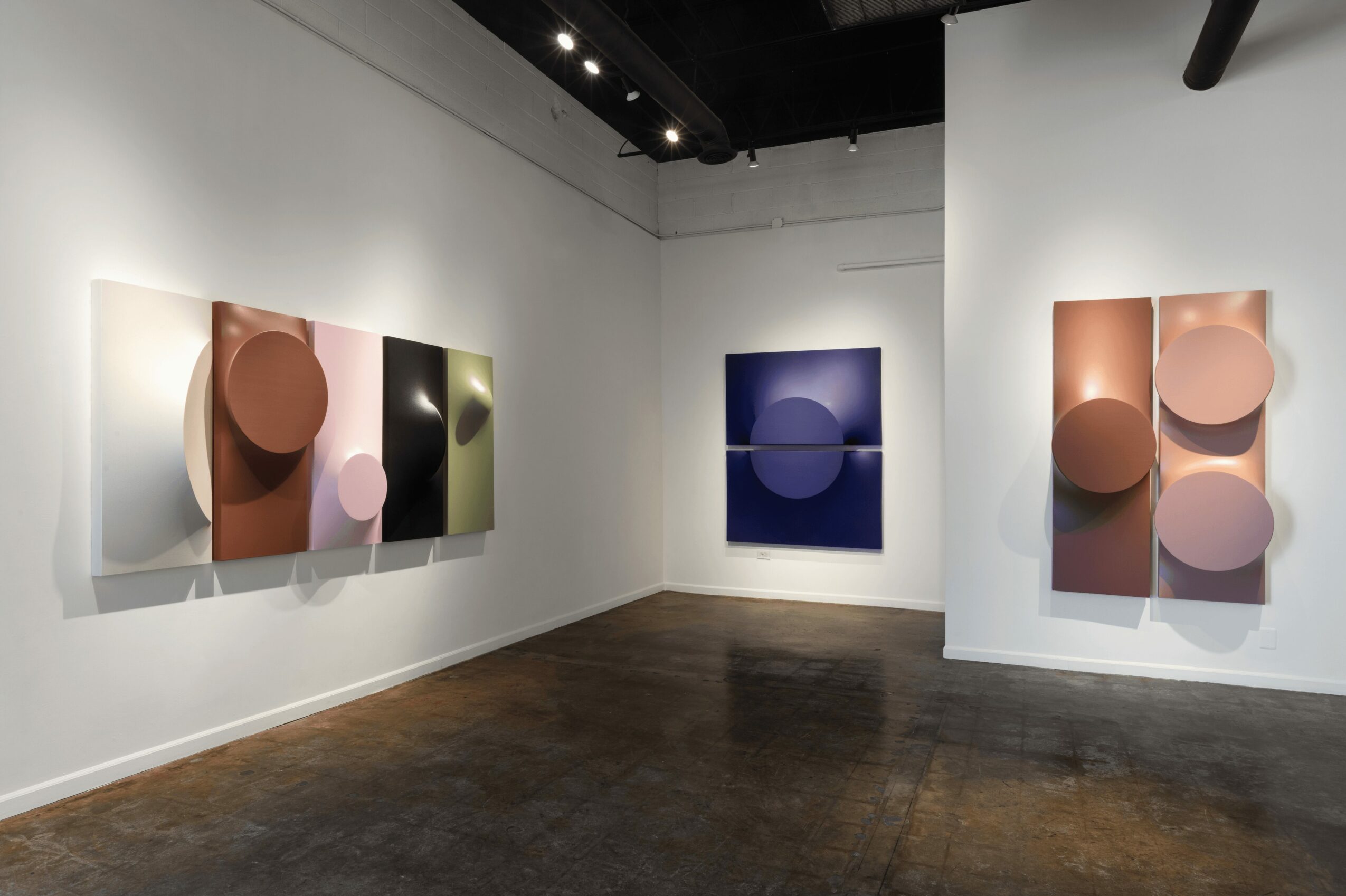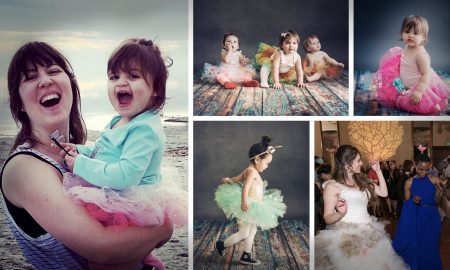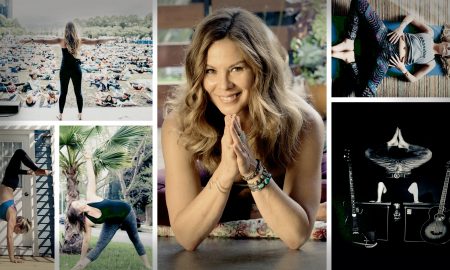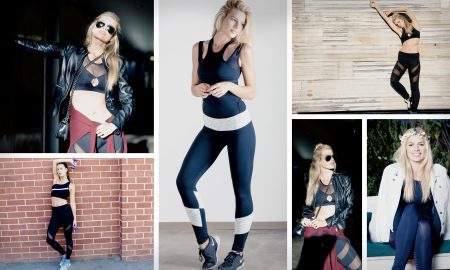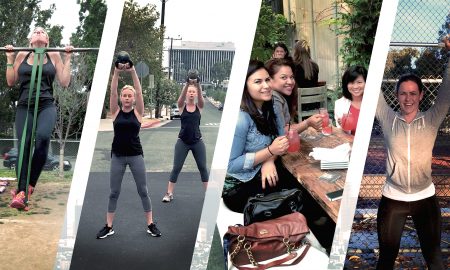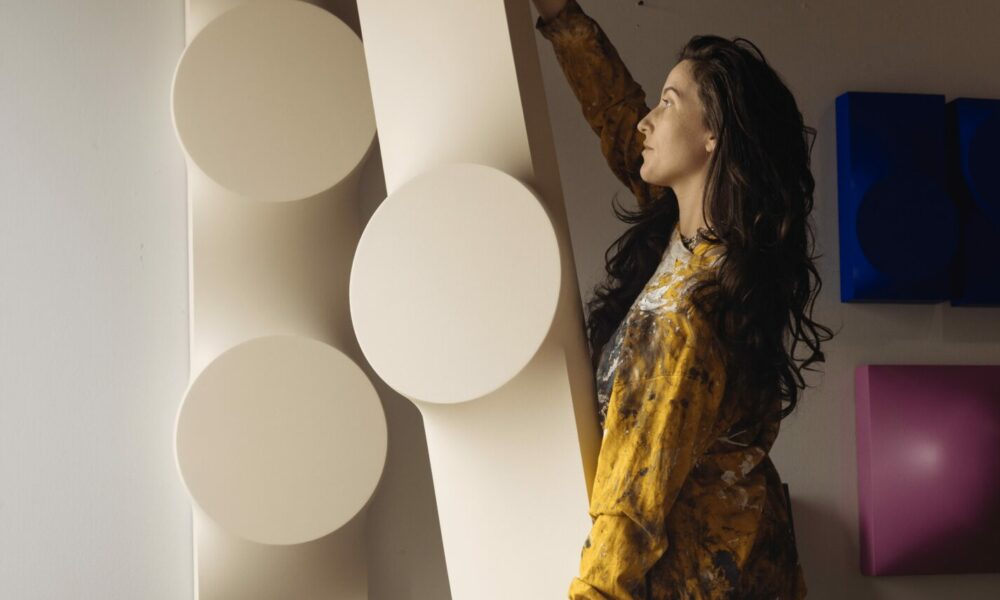

Today, we’d like to introduce you to Samantha McCurdy.
Hi Samantha, so excited to have you with us today. What can you tell us about your story?
My story began with a desire to foster a sense of community through art while developing my own visual language in my studio practice. After receiving my BFA from the Maryland Institute College of Art, I moved to Dallas, Texas, to create art independently, free from academic assignments.
In Dallas, I secured a massive studio at a very low rent in exchange for renovating the space to serve as a place for creating and presenting art. During this time, I stayed in touch with my peers from MICA who had moved to LA and New York to start their professional art careers. They often shared their struggles with paying rent and getting into art shows, describing it as a catch-22: you couldn’t get a show unless you’d already shown in one, and no one would give them their first opportunity.
Realizing the potential of my large studio space, I decided to turn it into a gallery. I had my friends send me their work and started organizing group art shows. This initiative grew rapidly, and within a few years, I had become a full-fledged art gallerist, bringing together artists from Texas and beyond. I collaborated with guest curators who introduced notable and legendary artists to my world, creating a vibrant community of artists, writers, curators, and patrons.
Running the gallery taught me invaluable lessons about the business side of art, including shipping, insurance, art handling, pricing, installing, and selling artwork. This experience caught the attention of many professional galleries in Dallas, and eventually, I was offered artist representation for my personal work.
With representation secured, I realized I could create art anywhere and decided to move to Los Angeles, drawn by the competitive art market and the allure of the beach after five years in landlocked Texas. In LA, I followed a similar path, renovating a large space for subsidized rent and reopening my gallery. Many connections from my Dallas gallery were based in Los Angeles, and I quickly began organizing art shows in this new city, helping me connect with local artists.
After a few years of balancing solo and group shows with my studio practice, my art career took off, leaving me with little time to manage both. I chose to focus entirely on my creative journey, transforming my gallery into my studio and renting it out to other artists. This setup mimics the collaborative studio environment I experienced in art school, maintaining a smaller but dedicated community focused on creating art rather than showcasing it.
I now currently work and live in Los Angeles as a professional full-time artist.
Can you talk to us about the challenges and lessons you’ve learned? Looking back, would you say it’s been easy or smooth in retrospect?
The journey has not been smooth, and I have faced numerous challenges along the way, continuing to do so even now. As an artist, one encounters a significant amount of rejection, realizing that not everyone will resonate with your work.
The objective is not to create art that pleases everyone but rather to remain authentic to oneself while developing a unique visual language and connecting with those who appreciate it. This experience has helped me build resilience and accept criticism constructively. I often find value in conversations with individuals who may not favor my work, as they provide insight into how my art is perceived and communicated to different audiences.
Financial challenges have been a constant reality. Throughout my career, I have undertaken various full-time and part-time jobs to support my studio practice, cover studio rent, and purchase art supplies.
As you know, we’re big fans of you and your work. What can you tell our readers who might not be as familiar with your work?
A sense of mystery and secrecy underlies my sculptural paintings. Their quiet, minimal forms, crafted through skilled woodworking, exude a secretive allure: shapes protrude like enigmas from the volumes of stretched canvas.
By substituting traditional canvas with thin, stretchable fabric, my works evoke the form-fitting qualities of clothing. Hidden behind the painted fabric, each painting conceals spherical objects and shapes that bulge beyond the confines of the frame.
Tightly arranged, the protrusions of each work extend towards their neighbors, seemingly reaching for physical contact without ever crossing that boundary. Each painting creates moments of tension by inviting viewers to imagine what lies concealed beneath the delicate surface and through its suggestive physical orientation, all while maintaining its unwavering presence.
What would you say has been one of the most important lessons you’ve learned?
Maintain a great balance of work and play. I need play to keep me inspired, and I need work to progress creatively and develop my artistic language.
Contact Info:
- Website: samanthamccurdy.com
- Instagram: @Iamsammccurdy
